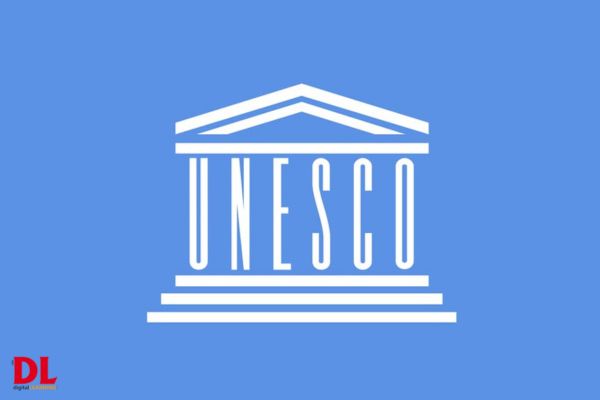
In its first guidance on the use of Generative AI (GenAI) in education, published by UNESCO, the organisation urged governmental organisations to control the technology’s use, including the preservation of user privacy and the imposition of an age restriction. The GenAI chatbot ChatGPT, which Microsoft-backed OpenAI released in November, has become the fastest-growing app in the world to date. Its popularity sparked the introduction of competitors, such as Google’s Bard.
GenAI is go to tool for all students as it can create anything from essays to mathematical calculations by giving a simple prompt.
“We are struggling to align the speed of transformation of the education system to the speed of the change in technological progress and advancement in these machine learning models,” said Stefania Giannini, assistant director-general for education.
“In many cases, governments and schools are embracing a radically unfamiliar technology that even leading technologists do not claim to understand,” she added further.
Among a series of guidelines in a 64-page report, UNESCO stressed on the need for government-sanctioned AI curricula for school education, in technical and vocational education and training.
As per UNESCO, “Providers of GenAI should be held accountable for supporting moral principles and legitimate goals, protecting intellectual property, upholding ethical standards, and preventing the spread of misinformation and hate speech.”
The European Union’s AI Act is anticipated to be enacted later this year, but China has developed regulations on GenAI. In terms of developing their own AI laws, other nations lag far behind. As it applied GenAI, the Paris-based organization also aimed to safeguard the legal rights of educators and researchers as well as the importance of their work.
Additionally, it called for prevention of GenAI in situations where it would deny students the chance to develop their cognitive and social skills through observations of the outside world, empirical procedures like experiments, conversations with other people, and self-sufficient logical reasoning.



















